Lentz: Don't Like The Gas Pedal Fix? Insist On Replacement!
One of the lingering concerns over the Toyota recall is whether Toyota’s “precision steel” shim fix to the recalled CTS gas pedal assembly will be a reliable long-term solution. Our analysis indicates that these questions might be well-founded, and we’re not the only ones concerned about the viability of Toyota’s proposed fix. In an interview with Toyota’s Jim Lentz yesterday evening, NPR asked why Toyota was using a redesigned pedal for new production, but only offering the shim fix to existing customers. Lentz insisted that the repaired pedals would be as good as the redesigned pedal, that the costs of repair and replacement were about the same, and that the main reason Toyota was repairing rather than replacing recalled pedals was the desire to “get customers back on the road… as quickly as we possibly can.” That’s when NPR went for the jugular.
NPR asked: “if I’m a Toyota owner subject to this recall and I say ‘I don’t want a repaired accelerator pedal, I want a new one.’ Is that an option?” To which Lentz replied: “it will be looked at on a case-by-case basis.” When NPR asked for Lentz to clarify what he meant by “case-by-case basis,” he said “It’s really up to… between the dealer and the customer. We would like to see customers get this fix done with the precision cut steel bar and see how that is. I think the customers are going to be very satisfied with overall quality of the pedal and the feel of the pedal.”
In short, the squeaky wheel gets the grease. If you’re paranoid about the quality of Toyota’s “precision steel” shim repair, ask for a new pedal. And tell ’em Jim Lentz sent you. Of course, there’s no guarantee that your Toyota dealer will have new pedal assemblies, as they’re being sent to plants for installation in newly produced cars. Nor is there any guarantee that the “redesigned” assembly isn’t simply the same CTS unit with the shim pre-installed.
More by Edward Niedermeyer
Latest Car Reviews
Read moreLatest Product Reviews
Read moreRecent Comments
- Teddyc73 Oh look dull grey with black wheels. How original.
- Teddyc73 "Matte paint looks good on this car." No it doesn't. It doesn't look good on any car. From the Nissan Versa I rented all the up to this monstrosity. This paint trend needs to die before out roads are awash with grey vehicles with black wheels. Why are people such lemmings lacking in individuality? Come on people, embrace color.
- Flashindapan Will I miss the Malibu, no. Will I miss one less midsize sedan that’s comfortable, reliable and reasonably priced, yes.
- Theflyersfan I used to love the 7-series. One of those aspirational luxury cars. And then I parked right next to one of the new ones just over the weekend. And that love went away. Honestly, if this is what the Chinese market thinks is luxury, let them have it. Because, and I'll be reserved here, this is one butt-ugly, mutha f'n, unholy trainwreck of a design. There has to be an excellent car under all of the grotesque and overdone bodywork. What were they thinking? Luxury is a feeling. It's the soft leather seats. It's the solid door thunk. It's groundbreaking engineering (that hopefully holds up.) It's a presence that oozes "I have arrived," not screaming "LOOK AT ME EVERYONE!!!" The latter is the yahoo who just won $1,000,000 off of a scratch-off and blows it on extra chrome and a dozen light bars on a new F150. It isn't six feet of screens, a dozen suspension settings that don't feel right, and no steering feel. It also isn't a design that is going to be so dated looking in five years that no one is going to want to touch it. Didn't BMW learn anything from the Bangle-butt backlash of 2002?
- Theflyersfan Honda, Toyota, Nissan, Hyundai, and Kia still don't seem to have a problem moving sedans off of the lot. I also see more than a few new 3-series, C-classes and A4s as well showing the Germans can sell the expensive ones. Sales might be down compared to 10-15 years ago, but hundreds of thousands of sales in the US alone isn't anything to sneeze at. What we've had is the thinning of the herd. The crap sedans have exited stage left. And GM has let the Malibu sit and rot on the vine for so long that this was bound to happen. And it bears repeating - auto trends go in cycles. Many times the cars purchased by the next generation aren't the ones their parents and grandparents bought. Who's to say that in 10 years, CUVs are going to be seen at that generation's minivans and no one wants to touch them? The Japanese and Koreans will welcome those buyers back to their full lineups while GM, Ford, and whatever remains of what was Chrysler/Dodge will be back in front of Congress pleading poverty.



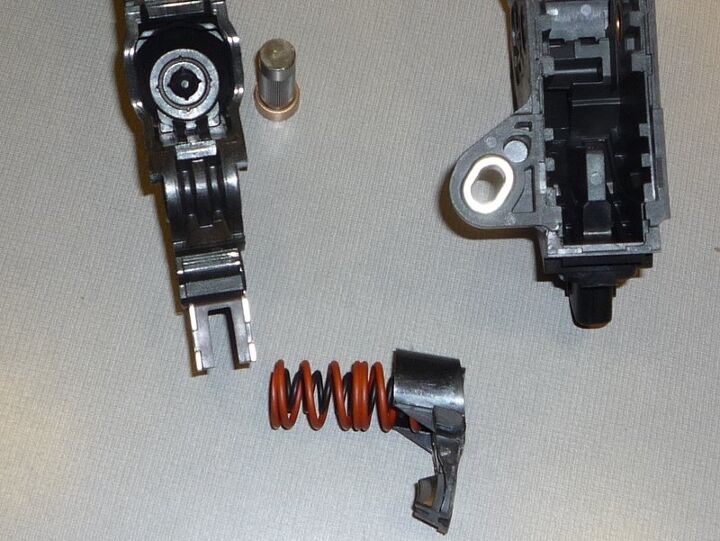















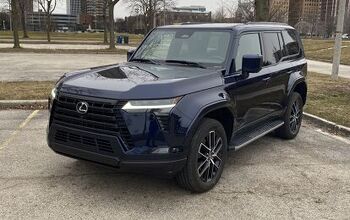

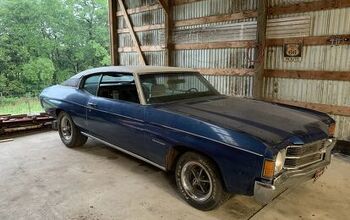
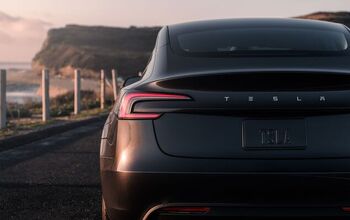
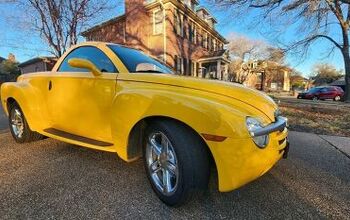

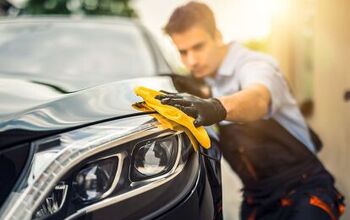

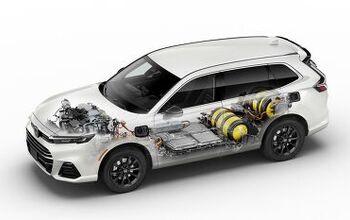
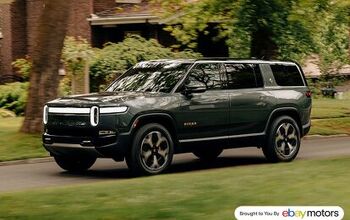




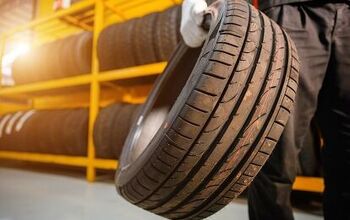
Comments
Join the conversation
Toyota CEO: "We would like to see customers get this fix done with the precision cut steel bar and see how that is. I think the customers are going to be very satisfied with overall quality of the pedal and the feel of the pedal.” This guy is really reassuring! So, they will field a bunch of shims to guinea pigs, "see how that is", and then perhaps revise the shim based on real world tests? And, he thinks we will find the pedal's quality good? This guy better not try to get a job selling cars for a living!
Lentz is digging a very deep hole for Toyota. The shim is easily seen to be a quick fix, as if you took the car to your very skilled mechanic, explained the problem and he took a look and said 'well, to get you back on the road, let me put this shim in,' and you said 'are you sure?' and he said 'yes,' and you went with it, but wondered about the car in general. Also, what is Toyota doing using American parts in their renowned Japanese quality cars? Everyone knows that Americans can't make or design anything decent--which is why all we buy is from China, Taiwan, Japan, South Korea or Germany. NPR was right to challenge this American Toyota executive on quality and his MBA-like answers. I don't want an American trained MBA to decide what throttle goes into my Toyota; I want a skilled engineer to make that decision, backed up by 'total testing,' not press release nonsense. Toyota better get serious or this will be their 'Audi' moment.